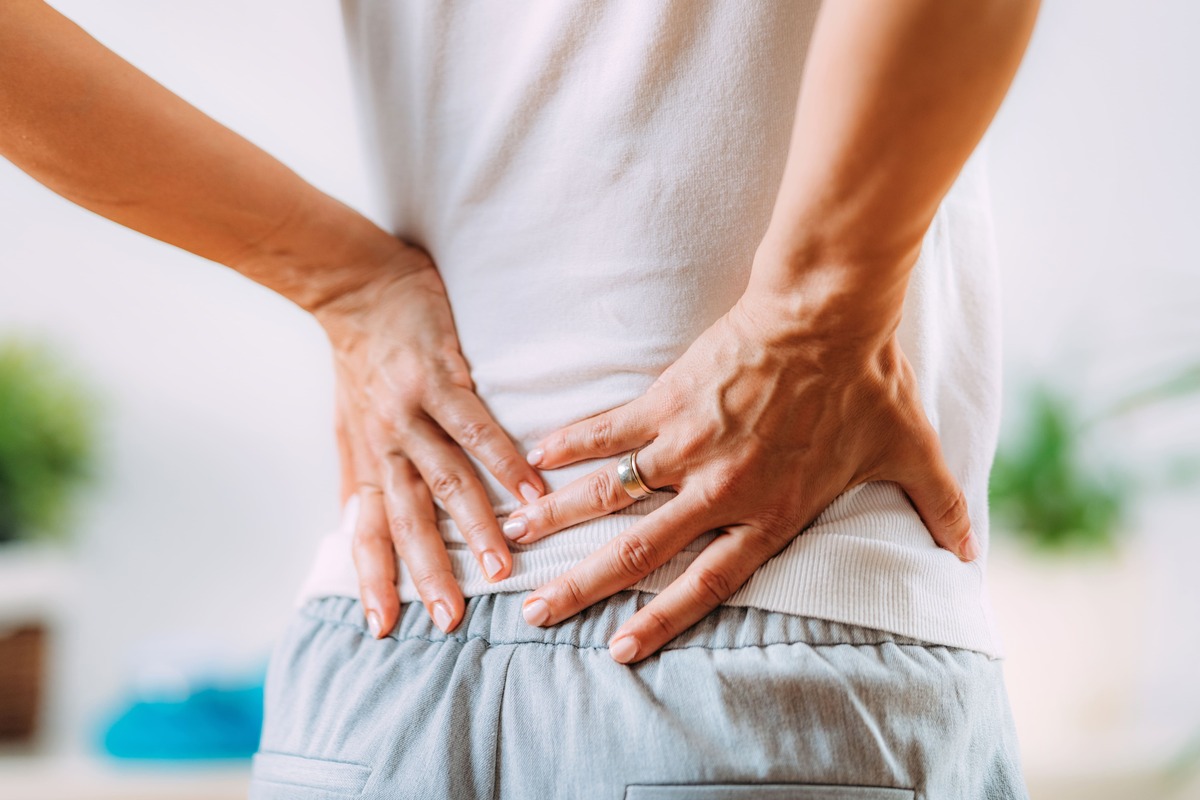Suffering from chronic back pain is one of the most common human experiences. In fact, back pain is one of the most common reasons people visit a doctor’s office. It amounts to countless days of missed work, suffering, steroid injections, nerve blocks and prescriptions for anti-inflammatory and opiate pain medications each year.
Can be Simple or Complex
In the best of circumstances back pain is acute and temporary. This happens when overuse or trauma, to most often the muscles of the lower back or sometimes to where the muscles attach to the vertebra, pelvic bones or sacrum. These injuries and their resulting pain fortunately tends to heal with time, refraining from physical activities and the use of conservative therapies.
However, injuries that do not fully heal, tend to recur and are a set up for chronic pain and dysfunction down the line. Some factors that contribute to poor healing are poor nutrition, being sedentary, smoking and poor mechanics. Back pain becomes more complex when degeneration of the spine sets in. Spinal instability, bony overgrowth and cartilage erosion are hallmarks of spinal degeneration. This degeneration not only increases pain and sensitivity but also decreases function and mobility of the spine. In situations like this, people often experience constant achy pain that is worsened by activity. Degeneration may also impact the spinal cord as it travels down the vertebral canal or nerve roots as they exit the vertebra.
Not All Radiating Pain is Nerve Pain
Nerve pain is one of the most troublesome symptoms experienced by sufferers of chronic low back pain. Pain may radiate around the hip to the groin, down the thigh, buttocks, to the knee and sometimes even all the way down to the foot. We call this pattern of pain, radiculopathy. The pain can radiate down the front, the side or back of the thigh and leg depending on which ligaments are damaged or if a herniated disk is pressing on a nerve root. Pain that specifically involves the sciatic nerve is known as sciatica. Nerve involvement can also cause disturbances in innervation and sensation and can lead to weakness. Fortunately, not all radiculopathy is caused by damaged discs or nerve involvement. Weakened ligaments send pain down a lower extremity as well, often mimicking nerve pain. This is why caution should be taken before receiving invasive procedures for radicular symptoms. Regenerative injection therapy is the best way to repair damaged ligaments that refer pain down an extremity. Regenerative injection therapy also effectively addresses radicular pain of nerve involvement by stabilizing the spine.
Treatment Relies on Addressing Pain Sources
For pain that is not self-limiting, a thorough evaluation including history of the pain, along with its characterization and a musculoskeletal examination is the best way to determine the best treatment. An X-ray and MRI can be helpful in some situations. Identifying the true sources of pain can often prevent people from receiving endless pain medications and unnecessary surgeries. Fortunately, most chronic low back pain sufferers have pathology that can improve with regenerative therapies, relieving local pain and radiculopathy.
Summary
Back pain is one of the most common reasons people visit a doctor’s office and is one of the most common human experiences. In the best of circumstances back pain is acute and temporary. However low back pain often becomes chronic, can take on many forms and can come from different sources. Spinal instability and degenerative is a common cause of chronic low back pain and can lead to radicular symptoms. Fortunately, not all radiculopathy is caused by damaged discs or nerve involvement. Identifying the true sources of pain with a thorough evaluation can prevent one from going down the path of endless pain medications and unnecessary surgery. Most chronic low back pain sufferers have pathology that can improve with regenerative therapies rather than surgery.
Dr. Ayo Bankole
Dr. Ayo Bankole received advanced training in Prolotherapy and is a member of the American Osteopathic Association of Prolotherapy Regenerative Medicine, the California Association of Naturopathic Doctors www.calnd.org, and the American College for the Advancement of Medicine www.acam.org. He uses Prolotherapy to treat painful conditions of the neck, back, hips, knees, feet, shoulders, elbows, and hands.
To learn if Prolotherapy is right for you call 909-981-9200 for a free DISCOVERY CALL.

